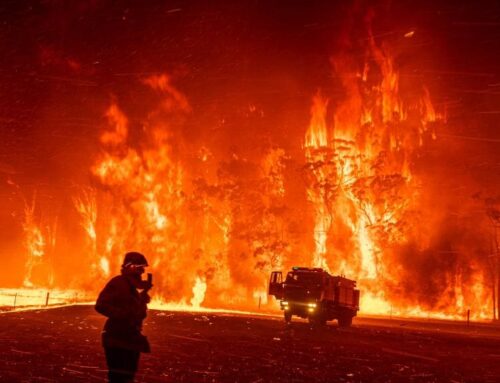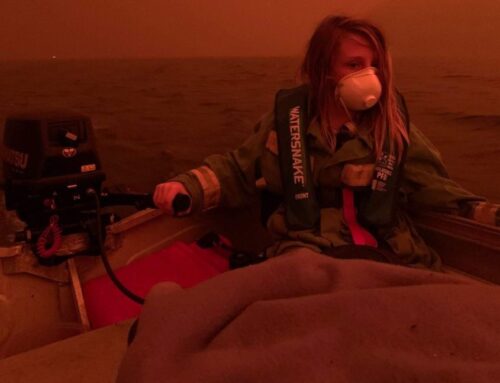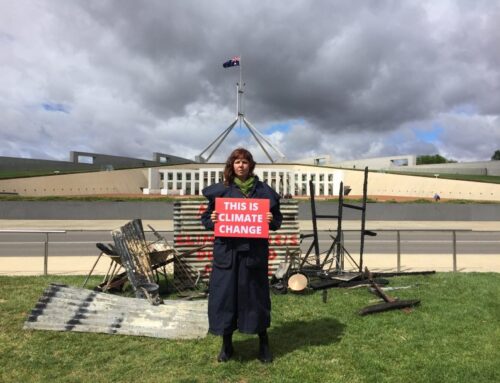The district’s State Government firefighters have not seen any increase in personnel or resources since the 2011 Margaret River bushfires.
Warren-Blackwood district Department of Biodiversity, Conservation and Attractions’ Parks and Wildlife unit actually has two fewer firefighters than when — as the former Department of Environment and Conservation — it accidentally lit prescribed burns eight years ago, which escaped to destroy more than 40 properties.
The disclosure comes after an internal review of three escaped plantation fires on June 6 raised serious questions about the adequacy of departmental resources in the face of growing fire seasons, climate change, and duties outside the region.
DBCA said the district had 51 firefighters compared with 53 in 2011, with the equivalent number of appliances and earthmovers now as in 2011.
During the same period, Capes volunteer brigades have received millions of dollars in new appliances plus extra training — and responsibilities — through the Capes Enhancement Program. While DBCA crews were hard at it in Collie last week, Environment Minister Stephen Dawson stood by the existing workforce.
“Fire management is an integral part of DBCA Parks and Wildlife Service’s statutory and land-management responsibilities,” he told the Times.
“To ensure that these requirements are met, the department is resourced to maintain a Statewide skilled, well-trained and response-ready bushfire detection and suppression workforce that also delivers an extensive bushfire mitigation program across the State, predominantly through prescribed burning.”
The Minister said a drying climate reinforced the need for effective mitigation efforts “to reduce the devastating impacts of summer bushfires on the community and the environment”.
The June 6 fires occurred at the start of winter — after unseasonal weather and a rash of unrelated bushfires — while DBCA’s extra resources were in traditional stand-down mode.
Among other findings, the review noted insufficient consider–
ation was given to the availability of extra firefighting capacity in the event of an emergency.
It revealed response times to the escape were hindered by an official standing down of “fire availability rosters” on May 22 when “daily spotter schedules were also seasonally suspended” and permanent fire personnel often took planned leave.
Seasonal employee contract extensions had also finished.
“The scarcity of resource(s) (was) further compounded by the annual commitment Blackwood District conservation employees have to participate in work within regions remote from the South West forests,” the report said.
Earlier this month, a coronial inquest into the 2015 Esperance bushfires, which killed four people, cited climate change and a lack of resources in regional areas to combat escaped burns as serious factors for WA Government consideration.
Mr Dawson told the Times a four year, $22 million boost to DBCA’s Enhanced Prescribed Burning Program would complement the South West’s $11 million budget for prescribed burns.
But Mr Dawson did not flag any reconsideration of year-round resource management.
Warren Hately





